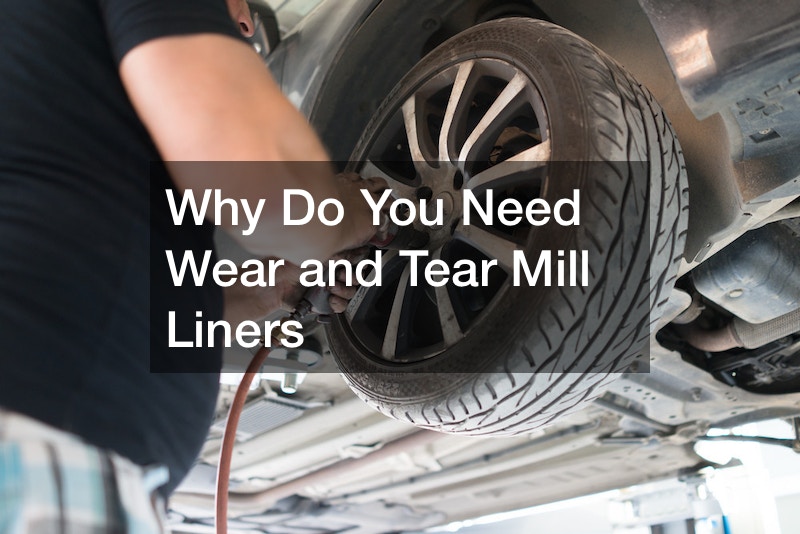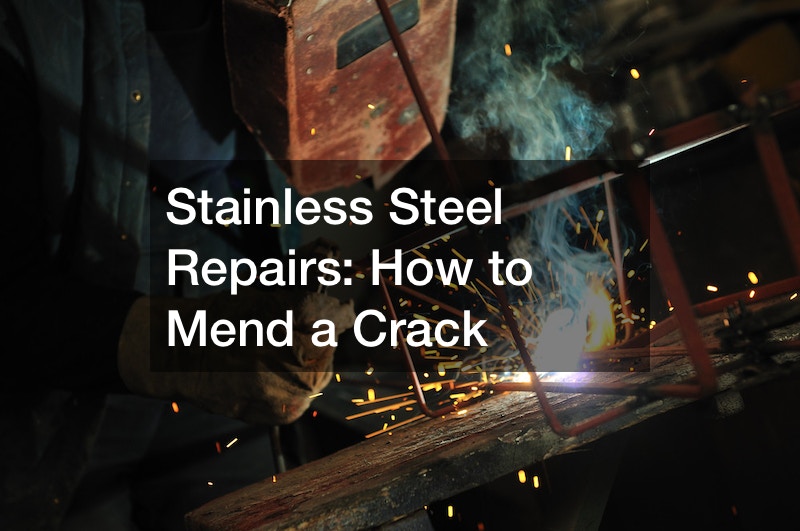
Why Do You Need Wear and Tear Mill Liners

Mill liners play a crucial role in the mining and ore processing industries, shielding the inner shell of the mill from the abrasive action of grinding materials. Understanding the significance of wear and tear on these liners is pivotal in comprehending their necessity and ensuring operational efficiency.
The primary reasons for wear and tear mill liners revolve around the demanding environment they function in. The constant impact and friction generated during the grinding process subject the liners to immense stress, leading to erosion and degradation over time.
This deterioration can compromise the structural integrity of the mill, affecting its performance and ultimately impacting productivity.
The significance of mill liners lies in their ability to protect the mill’s shell from excessive wear. By acting as a protective barrier, these liners extend the lifespan of the mill, minimizing downtime for maintenance and replacement. Moreover, they contribute to the efficient grinding of materials by maintaining the optimal movement and cascading of the grinding media within the mill.
Furthermore, the selection of appropriate materials for mill liners is crucial. Factors such as the type of ore being processed, mill speed, and impact forces must be considered to ensure optimal performance and durability.
In conclusion, the necessity of wear and tear mill liners cannot be overstated in industries reliant on milling processes. Their role in safeguarding equipment, reducing downtime, and maintaining operational efficiency underscores their importance in sustaining the productivity and longevity of milling operations. Understanding and addressing the reasons for wear and tear on these liners are fundamental in optimizing their performance and ensuring continued operational success.
.



